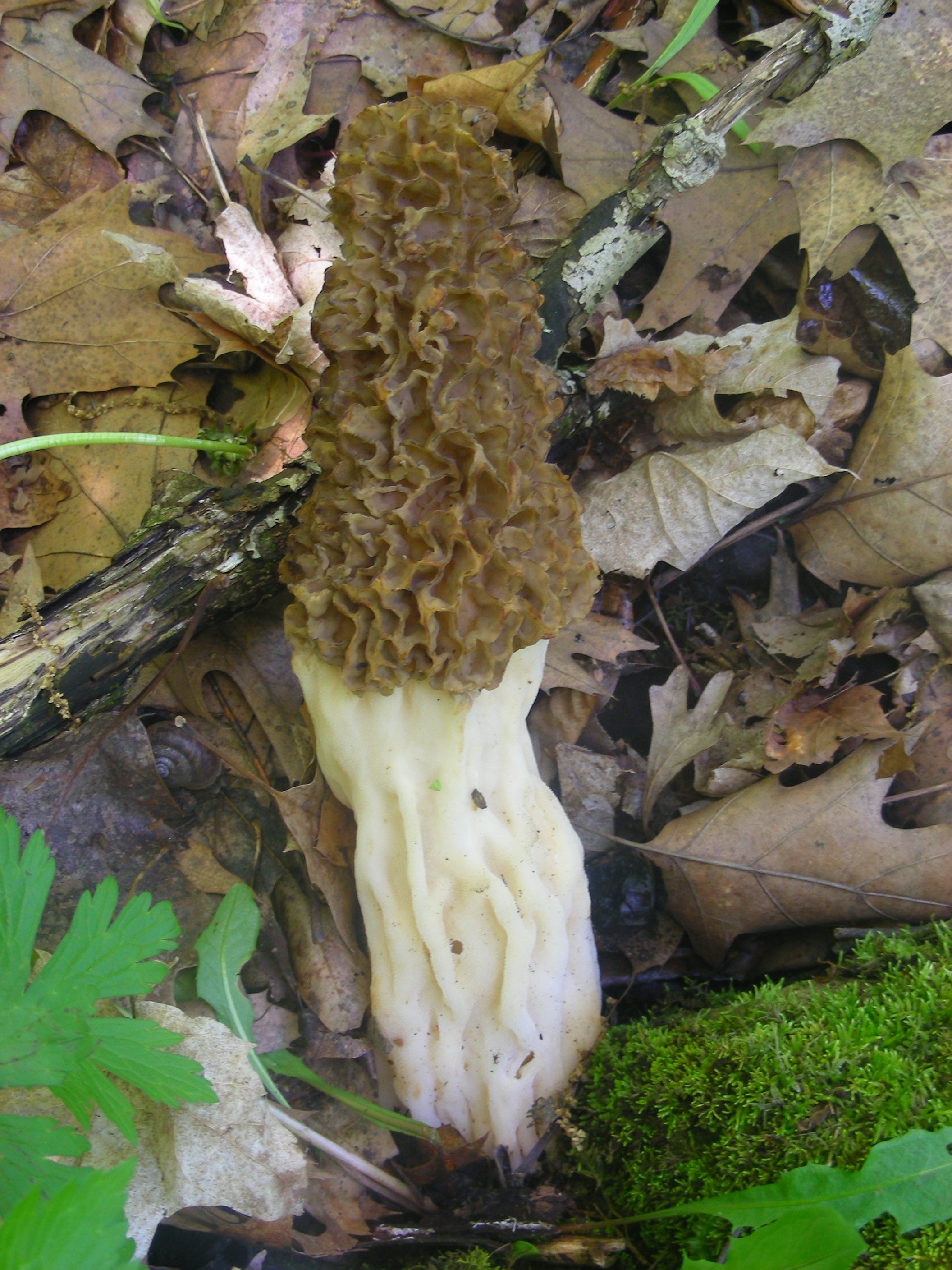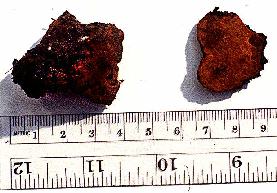Adaptation
Morels can be found all over the northern hemisphere, but what allows them to be able to survive here?We'll start off with the most important part of the morel's life cycle that allows it to be able to live in the areas they are found. The sclerotium (see reproduction) is a hard mass found underground that protects the fungi mycelium when the conditions are not right for the morel to grow. This adaptation allows for the survival of the fungi during droughts, cold weather and other disasters such as fires. After these tough times have ceased, morels are then able to continue on with their life cycle in order to reproduce. Once the morels fruiting body above ground, it releases spores in which to be germinated. The main part of the morel which has adapted to allow it to gain nutrients is the primary and secondary mycelium. The mycelium feeds off nutrients from the roots of the trees it is around which will be further explained in nutrients.
 Next
we'll look at the morphological features of the more
that aid in it's survival. Morels can easily hide in
plain site amongst a small pile of dead leaves,
plants or bark. They're so well hidden because their
unusual ridged patterns along with their light
brownish color allows them to become camouflage with
the other objects on the forest floor. Morels have
adapted to grow in these areas because it is in
these areas that they have the most potential to
prosper. Along the leaves and bark on the ground
come moist areas which are one of the conditions
morels need to grow. The morel's adaptation to stay
camouflage allows it to be able to complete the
"main objective" of the fruiting body which is to
release the spores from the asci in which to
reproduce once again.
Next
we'll look at the morphological features of the more
that aid in it's survival. Morels can easily hide in
plain site amongst a small pile of dead leaves,
plants or bark. They're so well hidden because their
unusual ridged patterns along with their light
brownish color allows them to become camouflage with
the other objects on the forest floor. Morels have
adapted to grow in these areas because it is in
these areas that they have the most potential to
prosper. Along the leaves and bark on the ground
come moist areas which are one of the conditions
morels need to grow. The morel's adaptation to stay
camouflage allows it to be able to complete the
"main objective" of the fruiting body which is to
release the spores from the asci in which to
reproduce once again.
